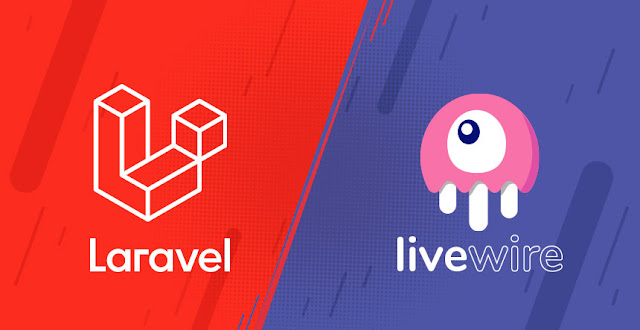Livewire is a powerful framework for Laravel that allows you to build dynamic, interactive web applications without leaving the comfort of Laravel. However, with great power comes great responsibility, especially when it comes to handling sensitive data and preventing Cross-Site Scripting (XSS) attacks. In this article, we'll explore best practices for securing your Livewire applications and protecting against XSS attacks.
Understanding Sensitive Data and XSS Attacks
Sensitive data includes any information that should be protected from unauthorized access to safeguard the privacy or security of an individual or organization. Examples include user passwords, personal identification information (PII), financial details, and other confidential information.
Cross-Site Scripting (XSS) attacks occur when an attacker injects malicious scripts into content from a trusted website. These scripts can then execute in the context of the user's browser, potentially leading to data theft, session hijacking, or other malicious actions.
Best Practices for Handling Sensitive Data in Livewire
1. Use Laravel’s Built-In Security Features
Leverage Laravel’s built-in security features to protect sensitive data:
Encryption: Use Laravel’s `encrypt` and `decrypt` methods to store sensitive data securely.
use Illuminate\Support\Facades\Crypt;
// Encrypting data
$encrypted = Crypt::encryptString('sensitive data');
// Decrypting data
$decrypted = Crypt::decryptString($encrypted);
Environment Variables: Store sensitive data such as API keys and database credentials in the `.env` file.
DB_PASSWORD=your_database_password
2. Validate and Sanitize User Input
Ensure all user input is validated and sanitized to prevent malicious data from entering your application.
// In your Livewire component
public $input;
public function updated($propertyName)
{
$this->validateOnly($propertyName, [
'input' => 'required|string|max:255',
]);
}
public function save()
{
$this->validate([
'input' => 'required|string|max:255',
]);
// Sanitize input
$cleanInput = htmlspecialchars($this->input, ENT_QUOTES, 'UTF-8');
// Save sanitized data
Model::create(['input' => $cleanInput]);
}
3. Use HTTPS
Ensure your application uses HTTPS to encrypt data transmitted between the server and the client. This prevents attackers from intercepting sensitive data during transmission.
// In your .env file
APP_URL=https://yourdomain.com
4. Restrict Access to Sensitive Data
Implement role-based access control (RBAC) to ensure that only authorized users can access sensitive data.
// In your Livewire component or controller
if (!auth()->user()->can('view_sensitive_data')) {
abort(403, 'Unauthorized action.');
}
Preventing XSS Attacks in Livewire
1. Escape User-Provided Content
Always escape user-provided content before rendering it in the browser. Livewire and Blade provide automatic escaping, but it’s crucial to be aware of contexts where it might be bypassed.
<!-- Automatically escapes content -->
<div>{{ $userInput }}</div>
<!-- Escaping using Blade directive -->
{!! e($userInput) !!}
2. Use Livewire’s Data Binding Safely
When using Livewire’s data binding, ensure that any data being output to the page is properly escaped.
// In your Livewire component
public $input;
// Use wire:model to bind data
<input type="text" wire:model="input">
// Escaped output
<div>{{ $input }}</div>
3. Avoid Inline JavaScript
Avoid injecting untrusted data directly into JavaScript contexts. Instead, use data attributes or other secure methods to pass data.
<!-- Avoid this -->
<script>
var userInput = "{{ $userInput }}";
</script>
<!-- Use data attributes -->
<div data-user-input="{{ $userInput }}" id="user-input"></div>
<script>
var userInput = document.getElementById('user-input').dataset.userInput;
</script>
4. Use Content Security Policy (CSP)
Implement a Content Security Policy (CSP) to restrict the sources from which your application can load resources. This helps prevent the execution of malicious scripts.
// In your HTTP headers
Content-Security-Policy: default-src 'self'; script-src 'self';
5. Monitor and Audit Your Application
Regularly monitor and audit your application for security vulnerabilities. Use tools like Laravel’s built-in logging and third-party security scanners to detect and mitigate potential threats.
Handling sensitive data and preventing XSS attacks are critical aspects of building secure Livewire applications. By leveraging Laravel’s built-in security features, validating and sanitizing user input, using HTTPS, restricting access, and implementing robust security practices, you can protect your application and its users from common threats. Always stay informed about the latest security best practices and continuously monitor your application to maintain a secure environment.




.jpg)
.png)


0 Comments